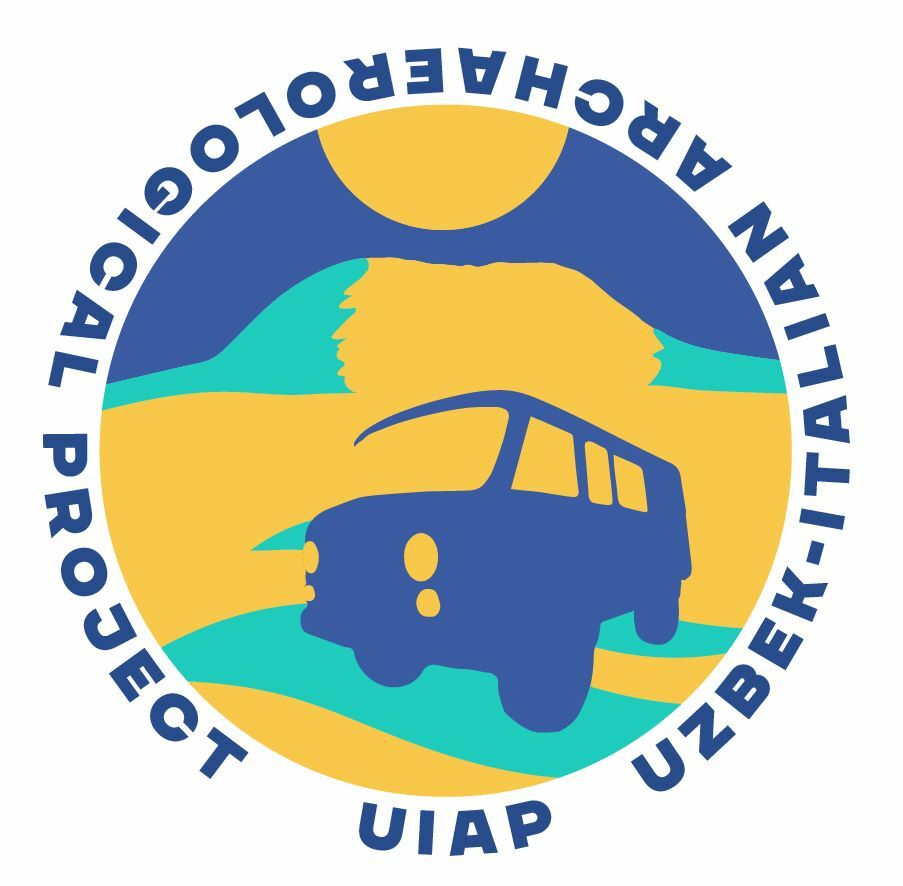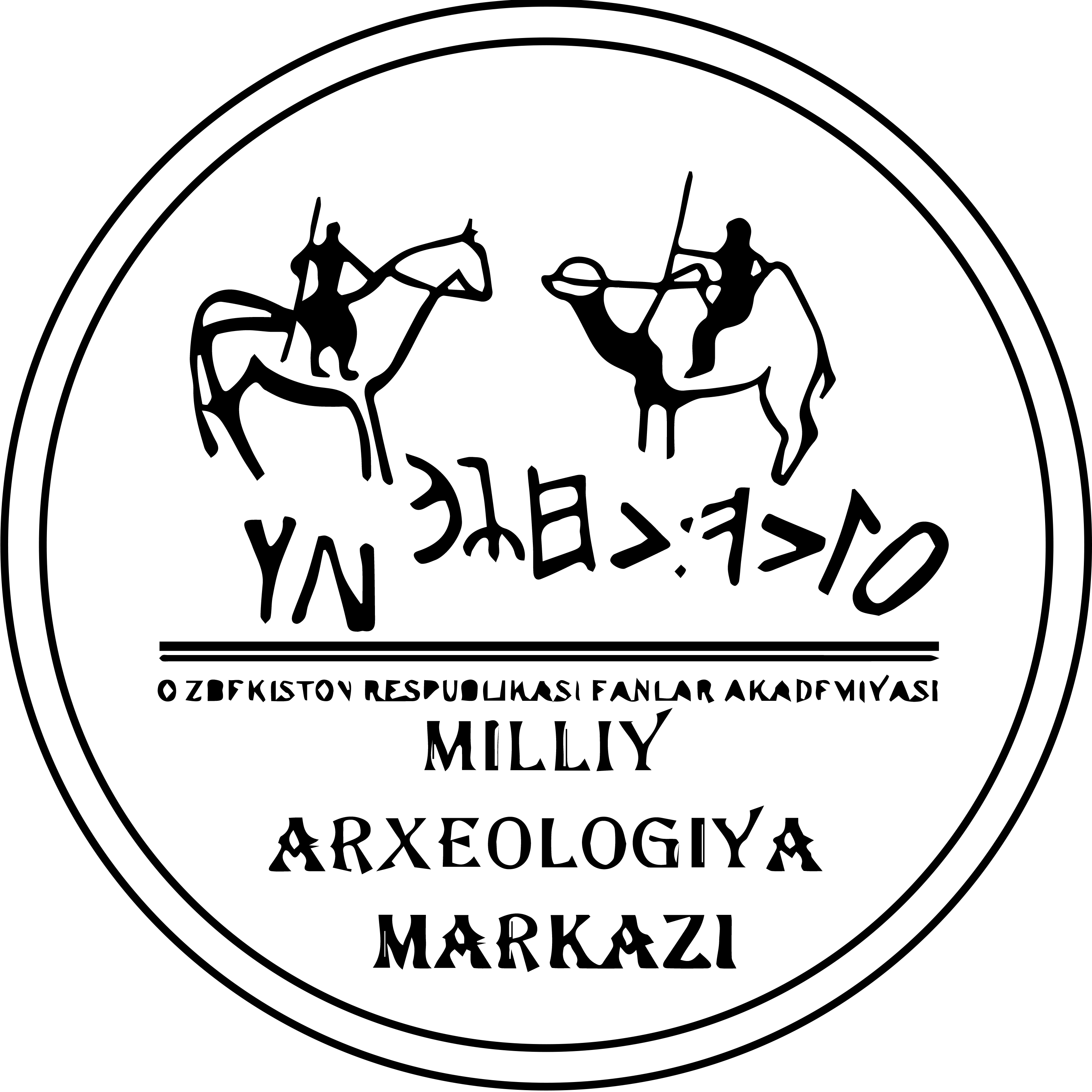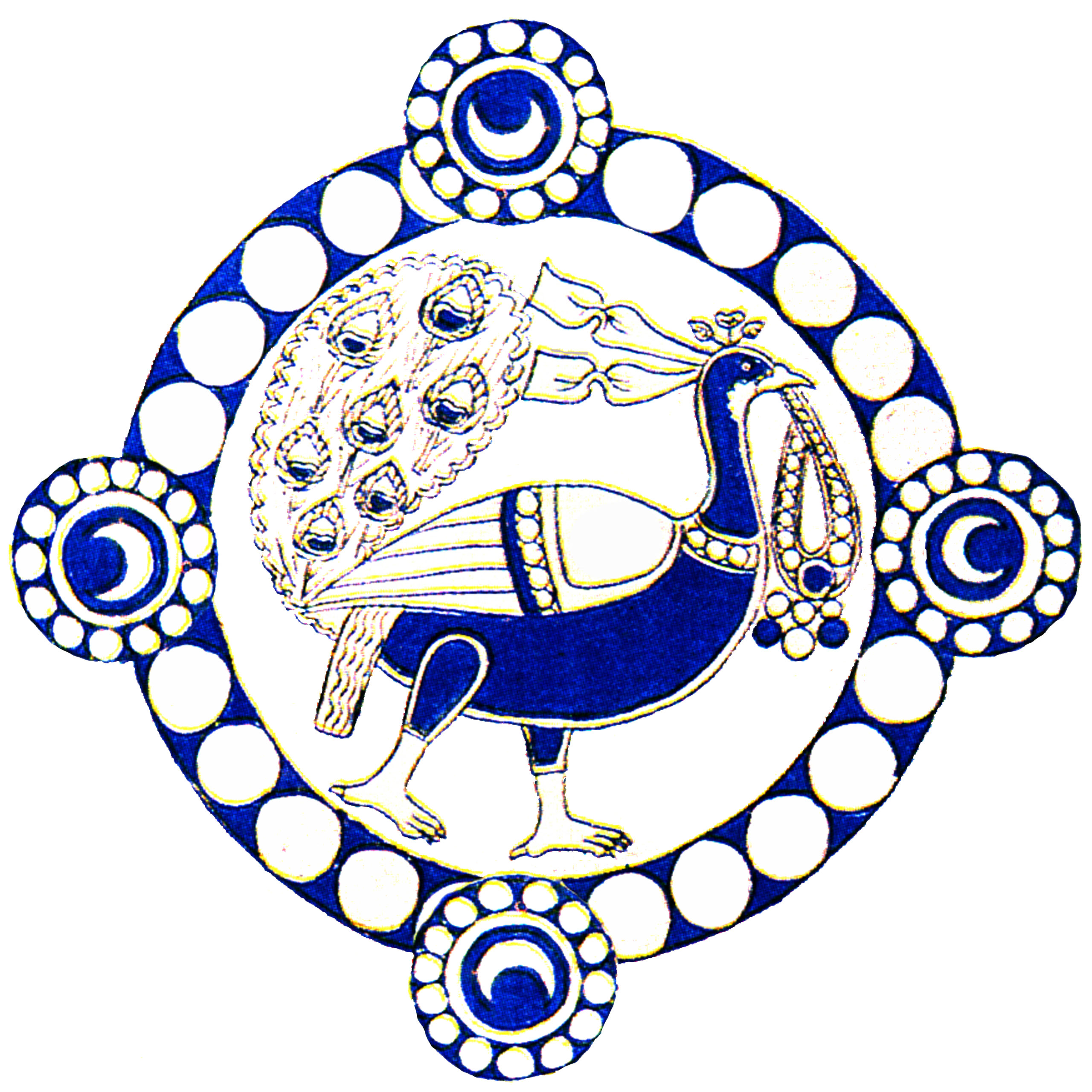THE UZBEK-ITALIAN ARCHAEOLOGICAL PROJECT
PROJECT
Samarkand and the Middle Zeravshan Valley
Located in the middle of a fertile valley watered by the Zeravshan River, Samarkand is a crossroad of civilizations, culture, economic exchanges, ethnic groups, religions, and much more. For many centuries it was the capital of Sogdiana and the major center of influence and spread of the Sogdian culture. Although the name of Samarkand is usually associated with the rich trades along the ancient Silk Road, its economy was largely based upon irrigated agriculture thanks to the development of large systems of canals. The result of this long-term occupation is reflected in the present landscape by the presence of several hundreds of earthen anthropic mounds (locally known as tepa/tepe) and traces of abandoned irrigation networks.
The Uzbek-Italian Archaeological Project
Since 1999 the activities of the Uzbek-Italian Archaeological Project – UIAP “Samarkand and Its Territory” were devoted to the recovery of traces of ancient human activities in the southern part of the region, in order to reconstruct the major settlement phases and the territorial transformations occurred in the area. The UIAP is based on a 5-year Protocol of Scientific Collaboration between the Department of History and Cultures, Alma Mater Studiorum-University of Bologna and the Samarkand Institute of Archaeology – SIA, National Center of Archaeology, Uzbek Academy of Sciences.
Specific research topics include: archaeological map of the anthropic evidence in the southern Samarkand oasis; geoarchaeological investigation of the ancient irrigation systems in the cultivated floodplain; ethnoarchaeological study of the semi-mobile pastoralism in the steppe; identification of main paths and Silk Road local routes.
A preliminary reconnaissance of archaeological evidence was carried out on spatial datasets of different scale and periods: Soviet topographical series (10k, 25k, 100k, dated to the 40’s-early 90’s); Aerial photos (early 70’s), historical CORONA satellite image (late 60’s); recent free-of-charge satellite datasets such as LANDSAT, GOOGLE EARTH, BING, ESRI World Imagery, and ASTER GDEM as elevation data. More than 2,000+ archaeological sites were identified over the ca. 2,500 sq. km of the UIAP area of investigation.
The next fieldwork demonstrated that ca. 40% of the sites had been entirely demolished during the last decades because of agriculture, urban development, use of tepa as quarry. The rate is higher in proximity of the city of Samarkand and in those agricultural districts addressed to the cultivation of cotton. The material culture evidenced that the first systematic occupation of this area started in connection with the Hellenistic presence (4th-3rd centuries BCE) and continued almost uninterrupted until the Arab conquest at the beginning of the 8th century CE.
Stratigraphic excavations conducted at targeted sites provided the UIAP team with detailed information to better understand the topic described above. Kafir Kala is a massive earthen settlement of ca. 25 Ha located along the Dargom Canal. The excavation seasons (2001-2003, 2005-2008, 2013-2014) revealed the existence of an important Pre-Islamic administrative archive (late 7th century CE), with 700+ clay sealings, destroyed by a fire during the Arab conquest of Samarkand (712 CE) and later settled for residential purposes (8th-12th centuries CE). Boyssartepa, just outside the rural village of Sazagan on the top of a natural terrace overlooking the present steppe, was a small fortified Hellenistic outpost (4th-3rd centuries BCE) then used as burial ground by pastoral communities, as well testified today by the presence of several mounded burials (kurgan). Minor excavations at Kurgan Kadirbek and Sam-174 gave significant information on the agricultural and irrigation practices during the Antiquity (4th century BCE-4th century CE) and the Early Middle Ages (5th-early 8th centuries CE).
The Website
The current website – actually a work in progress – presents in a scientifically complete fashion the elaborations and studies carried out for characterizing the landscape of Samarkand/Middle Zeravshan Valley, supplying the scholarly community with an elaborate tool of unprecedented precision. We will continue updating the website, branching from the OrientGIS project, not only with new layers but also through galleries of images and other data useful for the reconstruction of settlement patterns, geomorphological changes and differing soil exploitation patterns through time.
ORIENTGIS MAP
CREDITS
The UIAP “Samarkand and Its Territory” is directed by Simone Mantellini of the Alma Mater Studiorum-University of Bologna, jointly with Samaritdin Suyunov of the Samarkand Institute of Archaeology – SIA, National Center of Archaeology, Uzbek Academy of Sciences. Archival holdings of the expeditions at Samarkand have been the basis for the project and have been georeferenced by the UIAP team. Archive data and literature have been scanned and edited inside the SIA by Timur Ochilov, Margarita Kondrikova, and Zamira Koraeva.
Materials of the site of Koytepa have been kindly provided by Bruno Genito, Department of Asian, African and Mediterranean Studies, University of Naples L’Orientale.
Satellite imagery and cartographic materials have been downloaded or purchased and then elaborated and processed by the UIAP team: Enrico Agnolin, Francesca Franceschini, Simone Mantellini, Bernardo Rondelli. We gratefully acknowledge the CRANE 2.0 project for having provided the server on which our webGIS is running.
The website has been conceived by Nicolò Marchetti (Scientific Editor), with Silvano Bertossa (Web Engineer) setting up the server through PostgreSQL and GeoServer including the current Leaflet tool for the WebGIS and Simone Mantellini (Webmaster) editing and managing the Samark-land WebGIS and Valentina Orrù designing the homepage.
All individual and corporate credits will be, at a later stage, listed under each image, with – where of interest – some technical explanations attached too.






